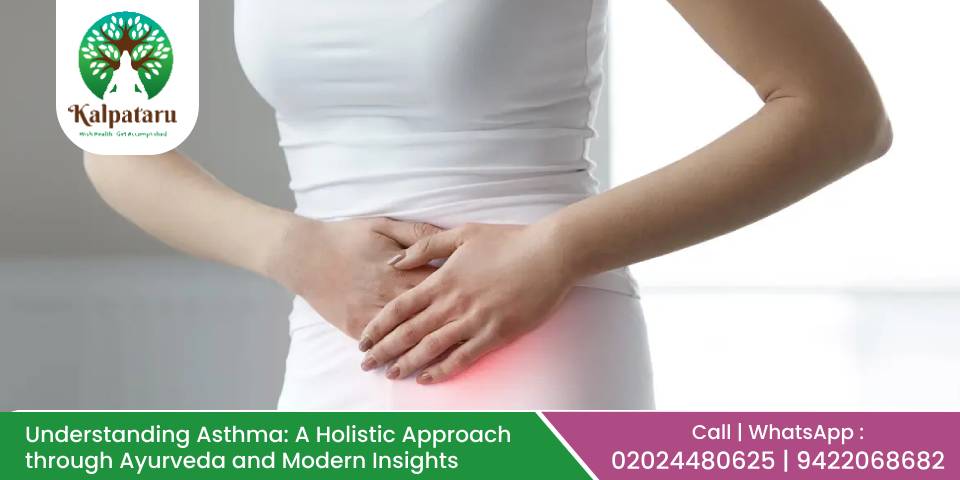Ovarian cysts are fluid-filled sacs or pockets that develop in or on the surface of an ovary. Women have two ovaries—each about the size and shape of an almond—on each side of the uterus. Ovarian cysts are common and can occur during the menstrual cycle or after menopause. Most ovarian cysts are benign and harmless, causing no symptoms and resolving on their own. However, some cysts can cause serious symptoms, including pelvic pain, bloating, and irregular menstrual cycles, and may require medical attention.
Statistics of Ovarian Cysts in India:
Ovarian cysts are a common gynecological problem among women in India, as in other parts of the world. While specific national statistics on the prevalence of ovarian cysts in India are limited, global estimates suggest that most women will develop at least one ovarian cyst during their lifetime. According to a study by AIIMS, 20–25% of women in India, or 1 in every 4–5 women. Studies indicate that functional ovarian cysts are particularly common among premenopausal women, with the prevalence decreasing after menopause. In India, hospital-based studies and smaller population samples have shown that ovarian cysts are frequently diagnosed during routine pelvic examinations and ultrasound scans.
Prevalence and Modern Science Treatment:
Prevalence:
The prevalence of ovarian cysts varies by age, reproductive status, and other health factors. Functional ovarian cysts are most common in women of reproductive age. These cysts typically form due to the menstrual cycle and often resolve without treatment. In postmenopausal women, the occurrence of ovarian cysts is less common, but when they do occur, they are more likely to be benign than malignant. Studies estimate that about 7% of women worldwide will receive a diagnosis of an ovarian cyst at some point in their lives.
For more information and treatment modalities watch our informative video
Modern Science Treatment:
- Watchful Waiting: For small, asymptomatic cysts, doctors may recommend regular monitoring with follow-up ultrasounds to check if the cyst resolves on its own.
- Hormonal Contraceptives: Birth control pills can help regulate the menstrual cycle and prevent the formation of new cysts.
- Surgery: If a cyst is large, persistent, symptomatic, or suspicious for malignancy, surgical removal may be necessary. Surgical options include:
- Laparoscopy: A minimally invasive surgery where the cyst is removed through small incisions using a laparoscope.
- Laparotomy: A more extensive surgery involving a larger incision, used for larger cysts or when cancer is suspected.
- Medication: Pain relief medications can be prescribed to manage symptoms associated with ovarian cysts.
Ayurvedic Perspective and Treatment:
According to Ayurveda, the imbalance of the three doshas—Vata, Pitta, and Kapha—causes health issues, including ovarian cysts. This imbalance can be due to improper diet, lack of exercise, weight gain, and other lifestyle factors. Ayurveda describes five types of Vayu (air) – Prana, Apana, Udana, Vyana, and Samana. The disruption of Apana Vayu, which governs the lower abdomen and reproductive system, can lead to the formation of cysts due to improper dietary and lifestyle habits.
Ayurvedic Explanation of Ovarian Cysts:
In the fast-paced modern lifestyle, women often engage in heavy work, stress, and irregular routines even during their menstrual periods. This disruption can affect Apana Vayu, leading to the development of ovarian cysts. Ayurveda emphasizes slowing down and reducing physical strain during menstruation to maintain balance.
Ayurvedic Treatments:
Ayurvedic treatments have shown success in reducing the size of ovarian cysts, even those measuring up to 5 millimeters. Various herbal remedies and formulations are used, including:
- Kanchanar Guggulu: A combination of herbs known to reduce cysts and tumors.
- Chandraprabha Vati: A potent herbal formulation used for various reproductive and urinary disorders.
- Specific Herbs: Such as Kunkhi or Kombdnakhi (Piper longum), Varun (Crataeva nurvala), Shigru (Moringa oleifera), Guggul (Commiphora mukul), and Triphala (a combination of three fruits: Amalaki, Bibhitaki, and Haritaki).
Panchakarma Therapies:
Panchakarma, the Ayurvedic detoxification and purification process, includes treatments like Basti (medicated enema) and Virechana (purgation therapy), which are highly effective for balancing doshas and treating ovarian cysts.
While modern medicine provides effective diagnostic tools and treatments for ovarian cysts, Ayurveda offers a holistic approach that includes dietary modifications, herbal remedies, and detoxification therapies to address the root cause and promote overall health.
Dr. Manoj Deshpande and Dr. Aparna Deshpande at Kalpataru Ayurvediya Chikitsalaya™ Clinic provide the best Ayurvedic Treatment for Psoriasis & various diseases in Pune, Maharashtra. For more information about our comprehensive treatment options, or to request an appointment with the best Ayurvedic Doctor in Pune, call +919422068682 / +919764837167 / 020-24480625 or Click on Book an Appointment.

